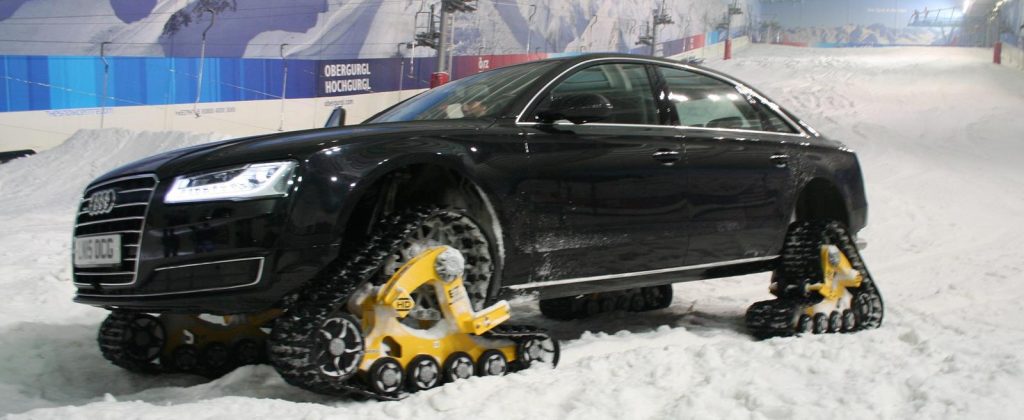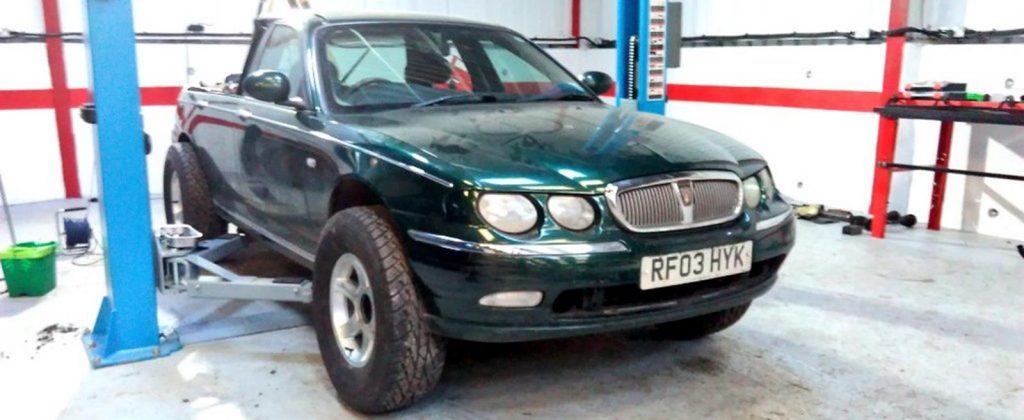Every winter UK roads seem to descend into chaos for a few weeks. But it really doesn’t have to be like this.

There are two factors vital to safe driving on snowy or iced roads, the correct winter tyres and adequate driver skill. It is a sad reflection of our attitude to driving that for the majority of road users both of these factors are sadly lacking.
I have been arguing for decades that winter driving skills and skid training should be a compulsory element of the UK driving test, as it is in many other countries where similar conditions exist, I also strongly believe we should all retake our test every 5 years. But irrespective of any test conditions we should all do a refresher course every few years, I am fortunate that as part of my work I am frequently assessed and receive driver training, and even after a third of a century behind the wheel I am still learning. Most good driving schools offer refresher courses for experienced drivers, and many also offer specialist skid training, a sound investment in your own safety and that of other road users.
But all the skill in the world would be pointless if your car still has hard summer tyres on. Winter tyres use a different rubber compound that maintains better grip on cold, wet or icy roads, they also have a very different tread patter with many tiny groves to allow the tread to grip the rough surface of icy roads. If you have never tried them the difference is amazing, not only allowing you to pull away in slippery conditions but more importantly they dramatically reduce stopping distances and help maintain steering. In many countries using winter tyres at this time of year is effectively compulsory, with very good reason. Some people use a spare set of wheels for their winter tyres and swap over when temperatures dip below 7C, using winter tyres in summer is possible but causes them to wear much faster and on a hot day they are no where near as good as summer tyres, it’s all about the right tool for the job. Winter tyres usually have a snow flake symbol on the side and the word ‘Winter’ just to make it clear what they are.
Recently I have been using All Terrain (AT) tyres all year with good results, not quite as good as full winter tyres in extreme conditions but effective enough to work with a bit of care, and good in summer conditions too.
With these steps, and driving slowly leaving plenty of stopping distance, you can enjoy winter motoring just as much as in the summer.
And if you don’t enjoy motoring then catch the bus and stop cluttering up our roads ?
But the thing is that most people who drive have no interest in cars or driving, cars have become a necessity to the vast majority and are marketed as convenience goods, just like a microwave or dish washer. So they are not likely to read blogs like this or tweets from the AA, and to be fair most of the time they don’t need to.
I was watching cars struggling up a very slight incline to get out of a car park at a retail park recently, a BMW 3 series took several runs and needed the backed up traffic to reverse out of the way before managing to slither onto the road. This was quite entertaining, but the point is that although these cars were on summer tyres and the drivers hopeless, they all managed to get out eventually.
I suspect that as long as most people can get away with it, any calls for improved driving skills and appropriate tyres will fall on deaf ears.

